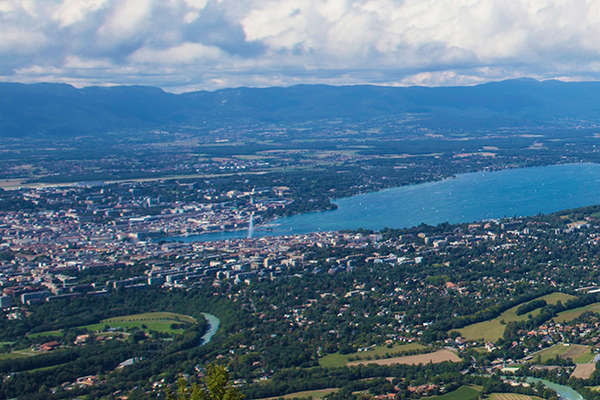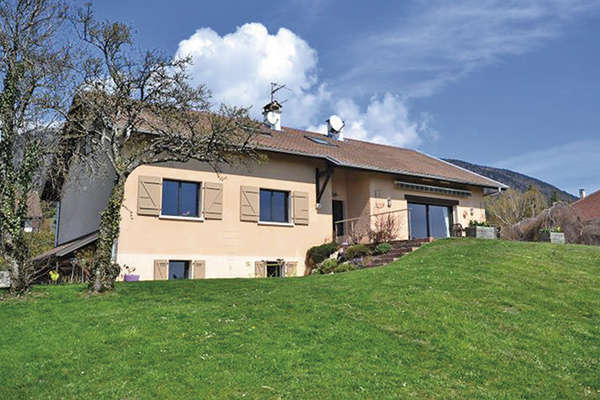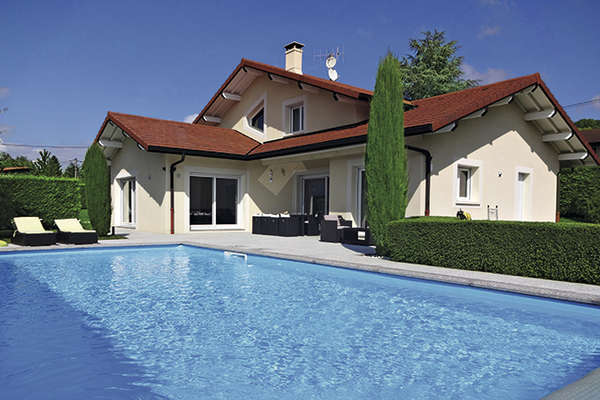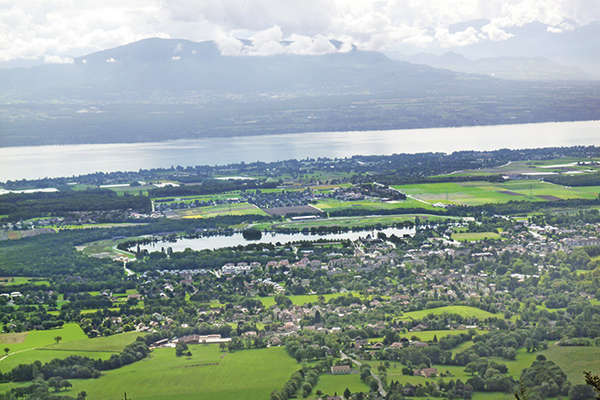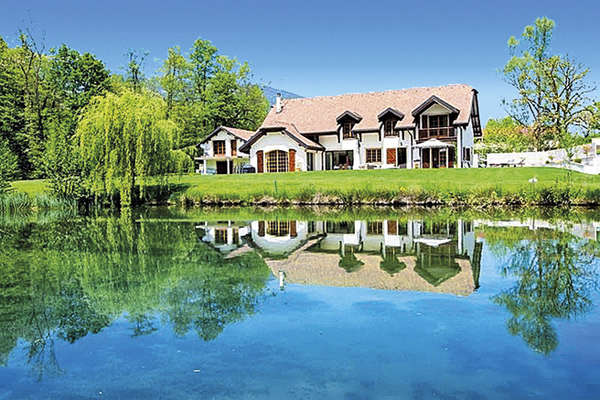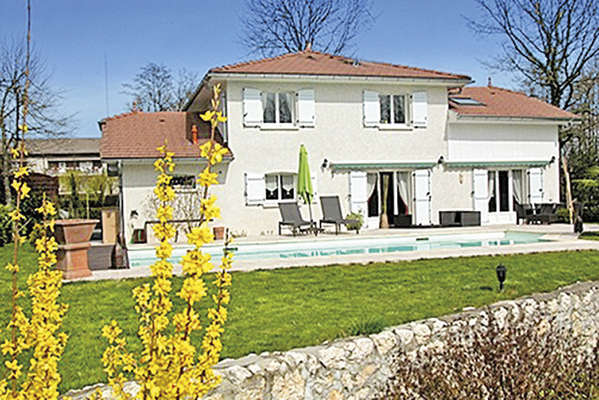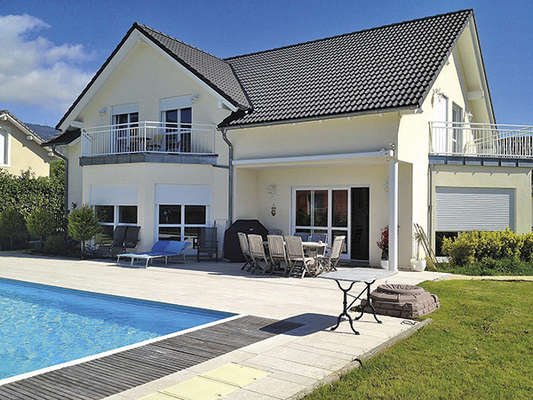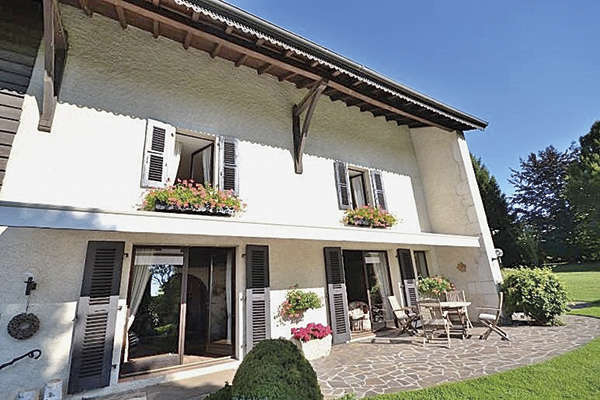Uzès, still turning on the charm…
By Cécile Olivéro - 26 June 2012
Classified as a town of art and history, Uzès overlooks the little valley of the Eure. It has won an international reputation and a considerable number of foreigners have acquired holiday homes here.
“Oh little town of Uzès ! If you’d been in Umbria, tourists from Paris would have flocked to see you !”… So said André Gide in his book “Si le grain ne meurt”, published in 1924. Known turn by turn for its fountains, as the city of the bishops, the first ever duchy in France, a protestant town, Uzès now divides its attention between economic development and its tourist industry. It is home to the Haribo confectionery firm, the National Haras and numerous SMEs. Superbly preserved, its historic centre offers beautiful 16th- and 18th-century façades, narrow cobbled streets dating back to the Middle Ages, while the Place aux Herbes, surrounded by houses with arcades, features a large fountain, plays host to the weekly market and serves as the favourite meeting-place of both locals and visitors. Town houses, most of which are deprived of any outdoor areas, post prices ranging from 1,400 € per sq. metre, for a property to restore, to 2,500 or even 3,000 € if the work has already been done. In the centre, a house of 234 m2 with a terrace, garage and small garden of 50 m2 sold recently for 735,000 €. A blessing for the French buyer, as desirable properties in good locations are rare. In this privileged neighbourhood, about 60 % of the homes are used for holidays and belong to Parisians, Roannais, Belgians, Swiss, Dutch or Danes ; the English are apparently also making a comeback.
To the west, on the first ring around the centre, one discovers the neighbourhood of Les Oiseaux. It proposes recent apartment buildings, about ten years old, such as “La Seigneurie” and “Le Castel d’Uzès”. With digicodes and good-quality appointments, these 3-storey residences consist of apartments with 2 to 5 main rooms, popular among young or future retirees who invest a few years before leaving their jobs. Apartments of 70 m2 sell here for 240,000 €. In the same area, estates built in the 70’s-80’s offer houses, some of which have not yet been renovated. For living space of 120 m2 with a garden of 700 m2, one needs a budget of 240,000 € on average if modernization is entailed, about 320,000 € if the house has been treated to a revamp. More up-market, some estates such as “Le Parc des Ducs” or “Les Villégiales” benefit from private gardens with swimming pools, and cost from 3,500 to 4,000 €/m2. Slightly further north towards La Lauze, grounds are larger (from 1,000 to 2,000 m2), the houses sturdier and the area inevitably considered as more “residential”. These highly-prized properties do not stay long on the market. As evidenced by a house of 150 m2 in grounds of 1,000 m2 with a pool, which found a taker for 500,000 € just one week after being put up for sale. Senior executives and self-employed professionals are keen to acquire this type of home.
In Carignargues, one finds lovely properties with recent houses in wooded parks of 1,200 to 6,000 m2. Paying 3,000 to 4,000/m2, their owners feel as if they are in the country, yet the town centre is only a few minutes away by car. More working-class and on the second ring around the town, Maillac suits first-time buyers. This area offers suburban estates with small gardens of 150 m2 on average, built ten years ago and posting prices around 200,000 €. Behind Maillac, “La Perrine” is one such estate with 65 lots, though only half of the houses have actually been built. A building plot of 250 to 500 m2 costs from 65,000 to 115,000 €. If investors buy houses here, they restore and resell them, as income from renting them out would not make the purchase profitable. In Maillac, a terraced house of 100 m2 can be rented for 750 €/month, a recent apartment around Uzès for 10 €/m2. In Uzès itself, demand is high as far as acquisitions are concerned. “Properties on offer do not always satisfy the criteria set by buyers, who give priority to everything being within walking distance, generous surface areas, parking facilities and a garden or terrace,” says Aurélia Vincens of Terres du Sud. Demands which are hard to meet and explain why potential buyers sometimes prefer to wait before taking the leap. “Uzès is characterized by a market of disparate offerings,” comments David Biotteau of Solvimo. “Buyers who once bought on impulse are now more reasonable.” It is, however, this same reason that incites people to invest in property and in a town close to the Avignon TGV station and the Autoroute du Soleil, with undeniable charm and prestige.
